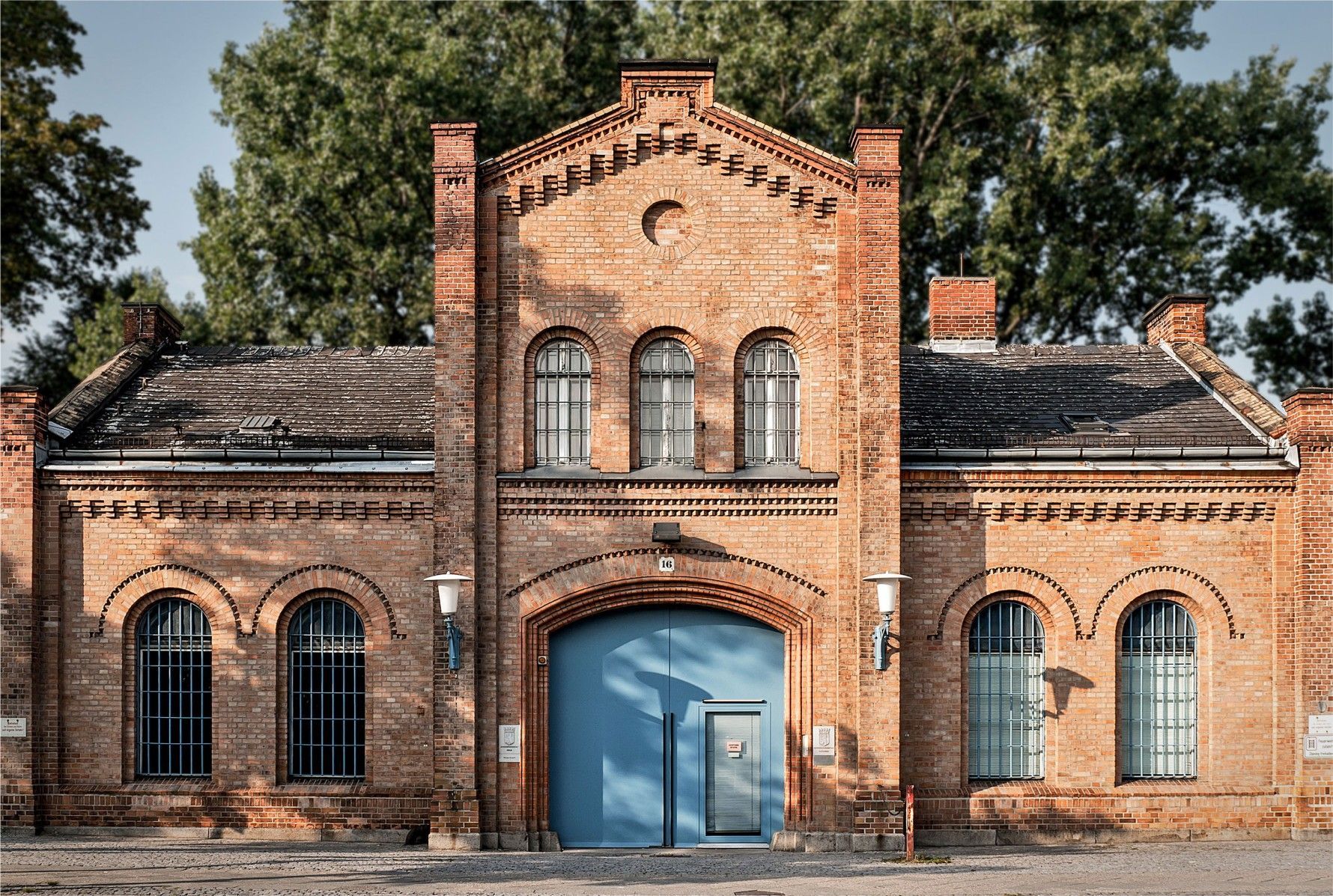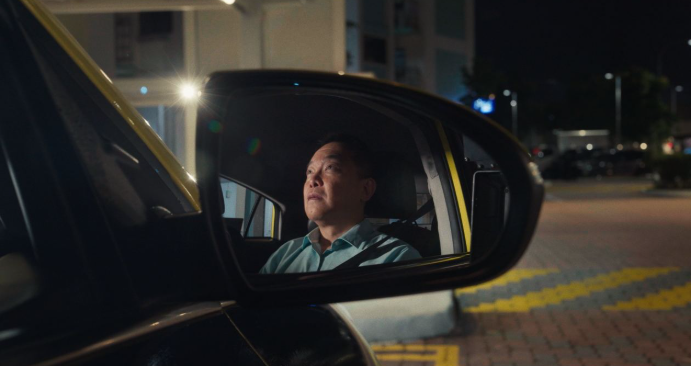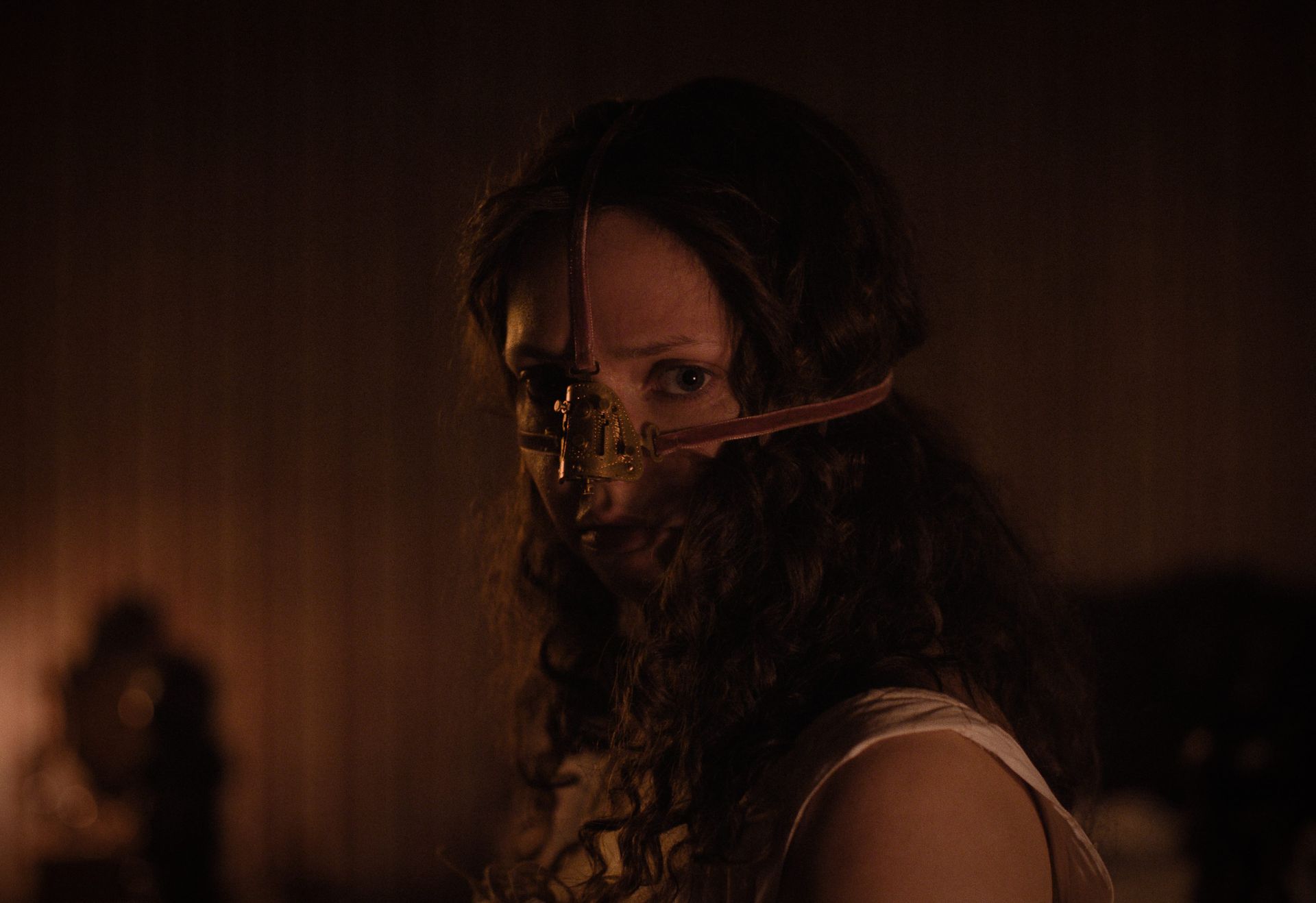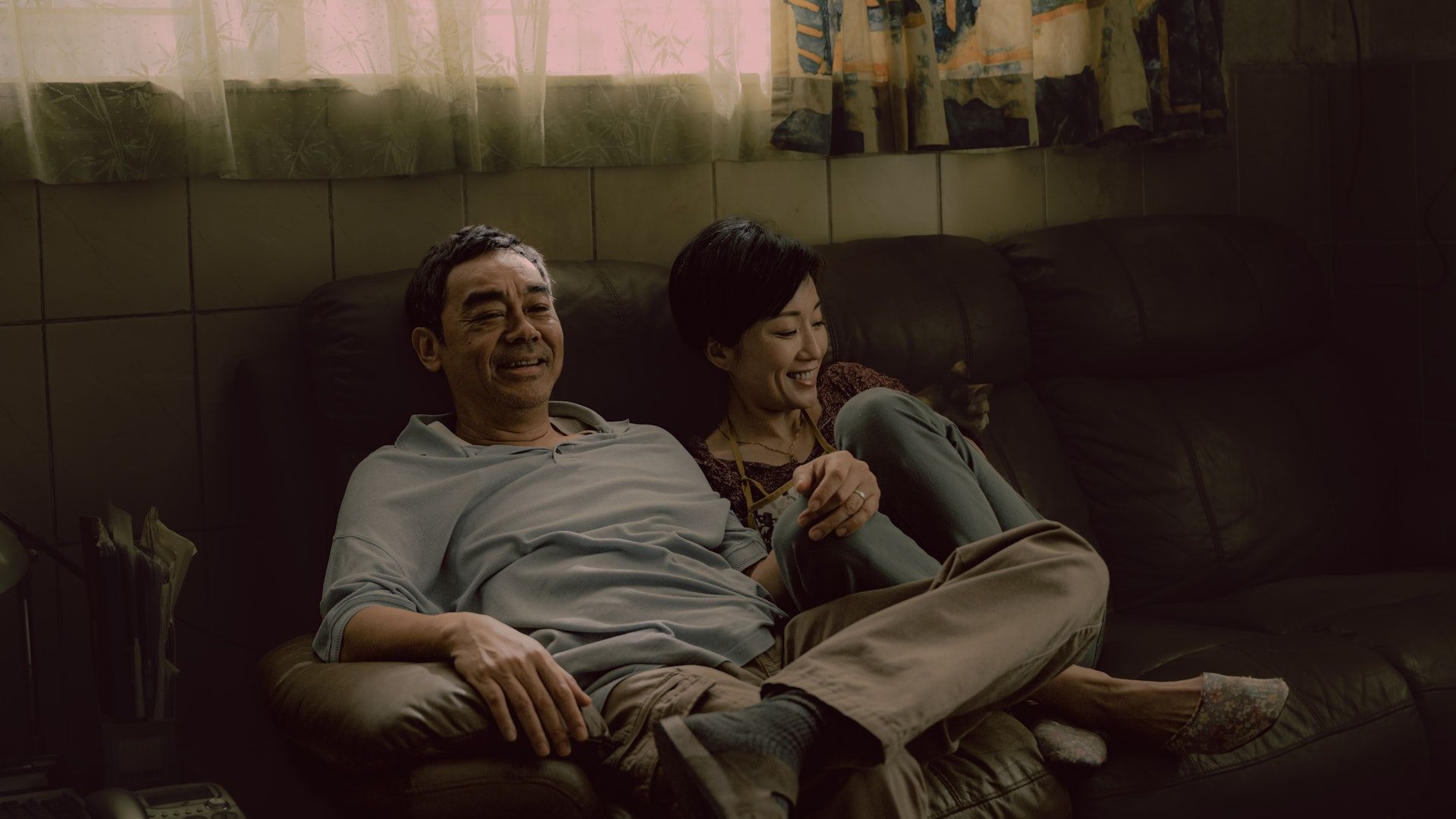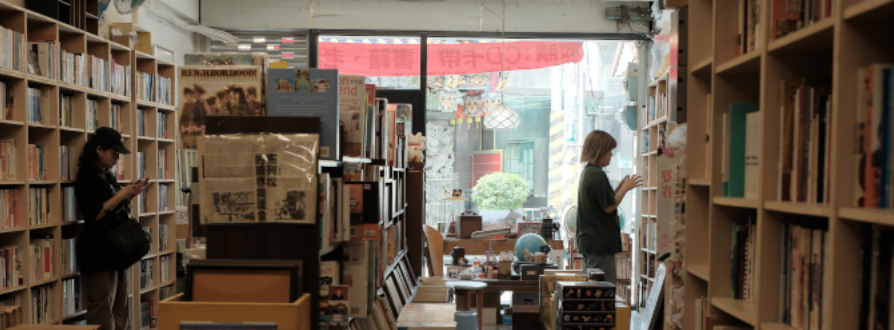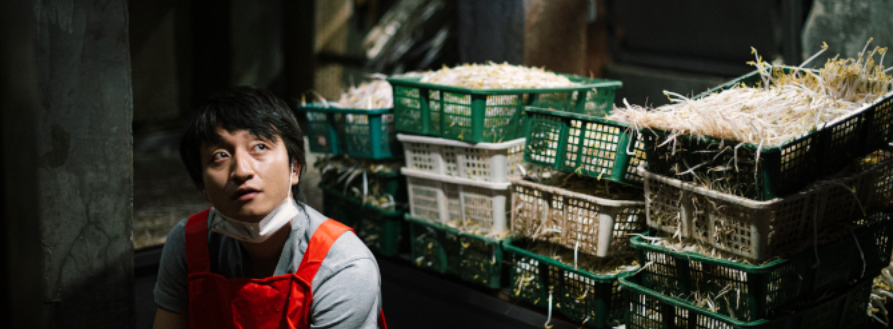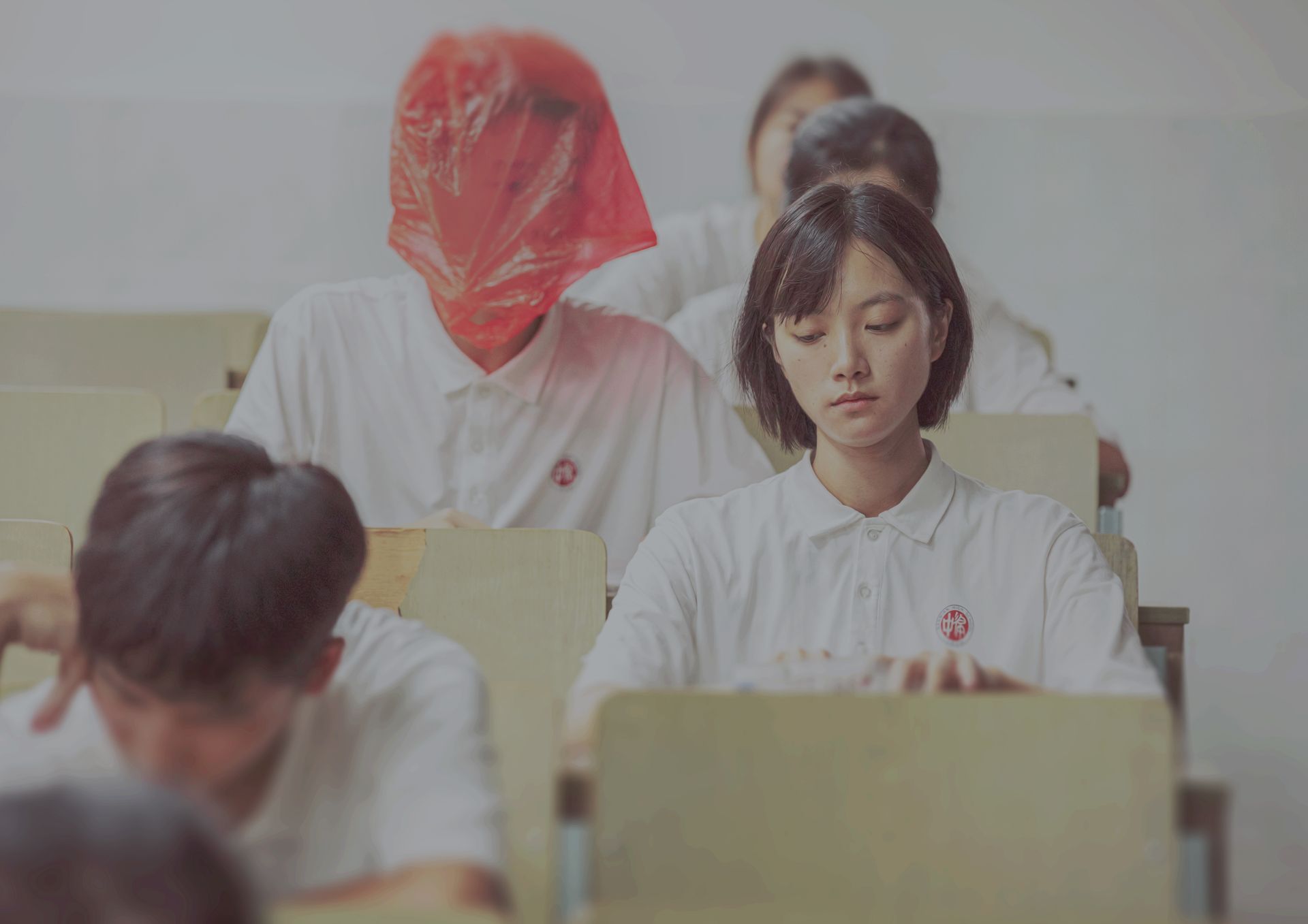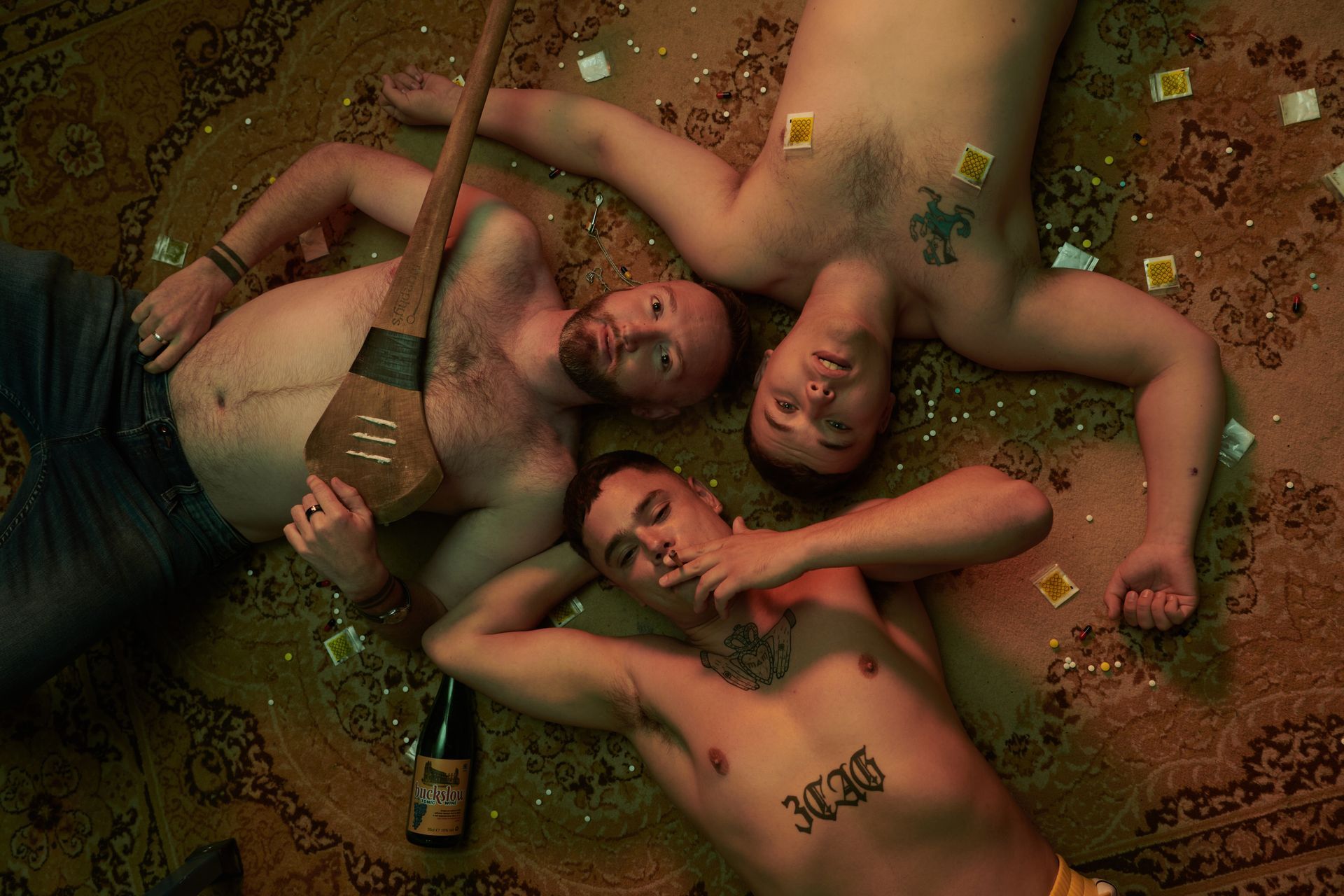Berlinale Check-In: Sun and Concrete at a Correctional Facility
Berlinale Check-In: Sun and Concrete at a Correctional Facility
“Inside people leave first. Then outside people,” the guard said.
I went back to my seat. The Q&A session with the cast and crew of
Sun and Concrete
(2023) had ended. If it were any other venue I could’ve left in the time between when the film ends to the Q&A session that follows to travel to my next destination, but I’m in JVA Plötzensee, a juvenile correctional facility for men and the central provider of penal facilities across Berlin. It’s located at the boundaries of the city centre and . I had surrendered my passport and belongings for a visitor pass at formidable gates controlled by the guardhouse, taking only a notebook and pen. I was informed that the talks before and after the film would only be conducted in German, but I knew the events that take place in this programme weren’t targeted toward foreigners.
On the evening of 21st February 2023, it is also a public screening venue of the Berlinale. Since 2010, the Berlinale Goes Kiez section has brought the festival’s programme to art house cinemas in neighbourhoods to honour local cinemas' commitment to presenting multi-faceted programming and the loyalty of their guests. The ecosystem of reliance between programmers, theatres and guests plays out beautifully here: the two screenings in the programme I went to were presented by their directors and actors to the smaller, albeit full, cinemas (comparative to the ones hosted around the Berlinale’s Potsdamer Platz). No audience or film is too small for an appreciation and celebration of film.
At Plötzensee, the audience will comprise civilians, politicians and inmates.
What does it mean when the screening facilities of a prison is readily included as a venue in a local cinema appreciation line-up? An invitation to actively figure and include prisons as part of the community through the neutral setting of a cinema as opposed to being deliberately edged out and forgotten (or in the case of Singapore, a substitution of visual art fixated on transformation and a changing of ways in place of any in-person interactions with inmates under CANVAS' initiative). A number of the inmates at Plötzensee prison were tried for misdemeanours relating to petty theft, a situation that will soon be dramatised onscreen for consideration. Seated in a dim room and a looming large screen, spectators are indistinguishable in class and status and, at least for the duration of the film, there is no inside or outside person, just an audience.
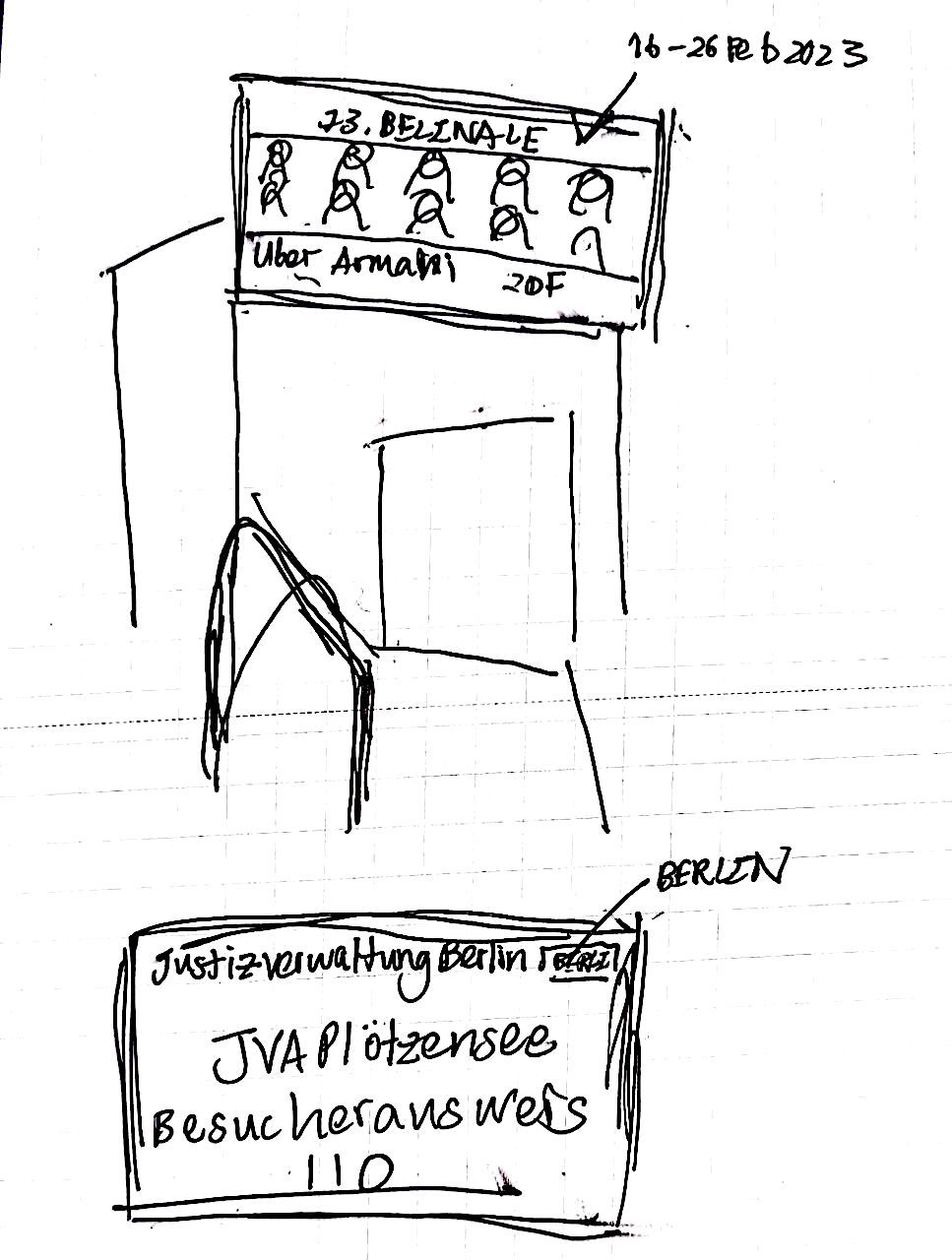
Above: The screen and a seat from where I sat in the hall while waiting for the film to begin. Below: Rendering of the visitor pass.
The screening begins with an address by the Senate for Justice Lena Kreck who jokes that she’s “never been this happy about the prison being full.” The audience laughs and applauds. The lights dim and the film begins.
Adapted by David Wnendt based on the novel of the same name by Felix Lobrecht whom he collaborated on the script with,
Sun and Concrete
is set in the housing projects of Gropiusstadt in Neukölln, a borough that largely consists of working-class and immigrant families. The film follows the turbulent friendship of four teenagers and their encounters with drugs, violent gangsters and family members as well as law enforcement. As their calculated heist to steal school computers and sell them for cash goes astray, the intense colour saturation too sharpens vividly, rendering their jagged and rough concrete surroundings in sharp contrast to their youth all the more poignant: will they be crushed by the structures that have been imposed on them?
At the Q&A session afterward, the director and actors are applauded as they enter. The questions flow in, each asked by inmates and visitors alike. Seated in the front rows, I can’t quite tell whose voices belong to who. I read
articles after the event that state at least one of the inmates present for the screening was from the Gropiusstadt neighbourhood and that the film portrays it like it really is. After some time, we leave row by row.
As I walked through the hallway, I see the inside people in striped dungarees waiting. The spell of the projector had been broken and there was always the inside here and outside there; but there will always be another movie night at JVA Plötzensee.
-------------------------------------------------------------------------------
About the Author: Sasha seeks to reify the fugitive effects of looking through language. She received her BA in 2021 and has worked with HBO Asia, the Singapore International Film Festival and the National Archives of Singapore.
-------------------------------------------------------------------------------

